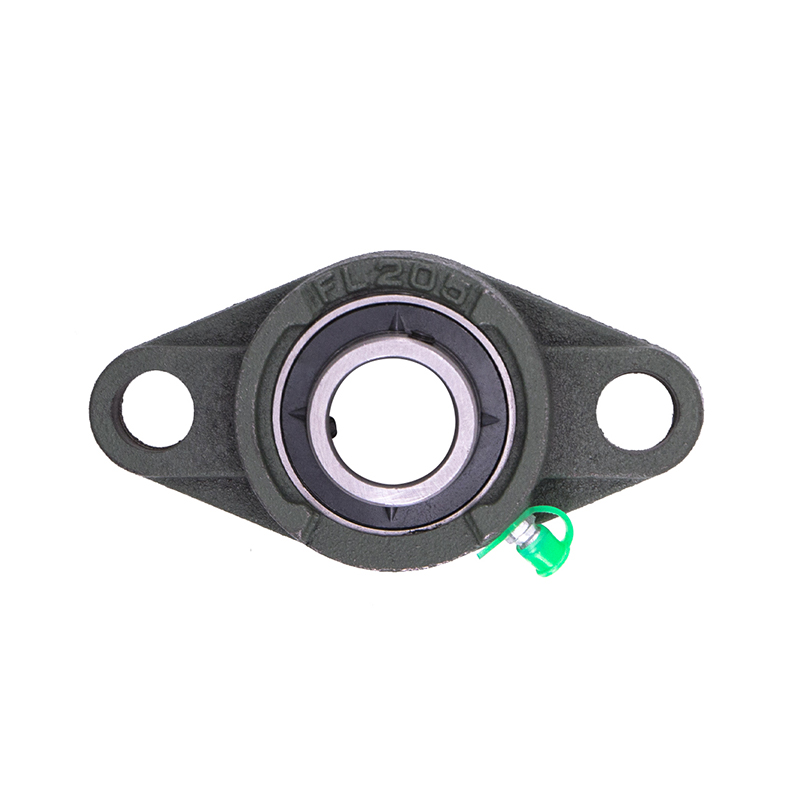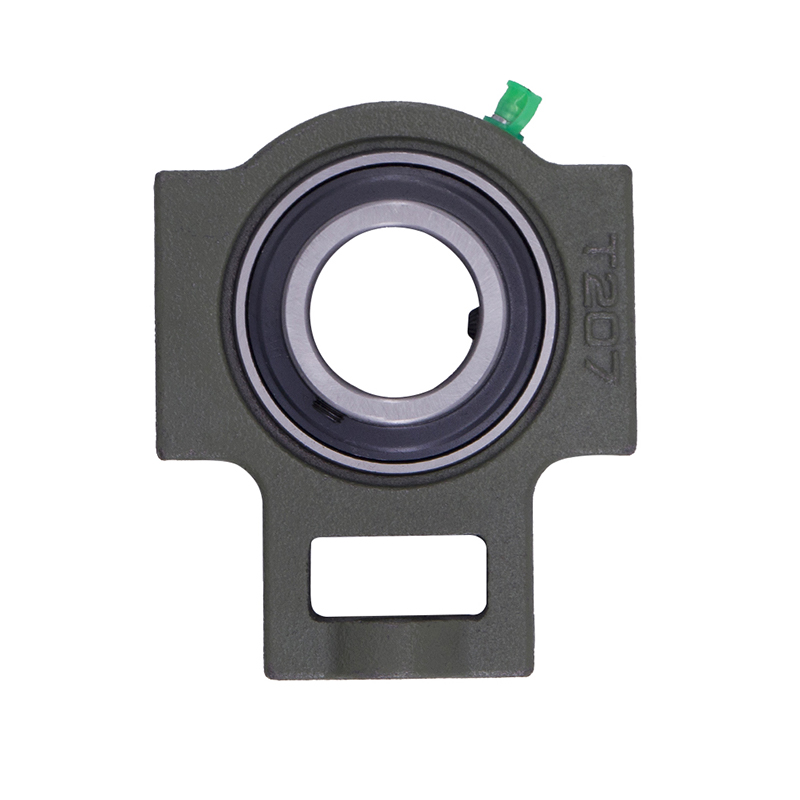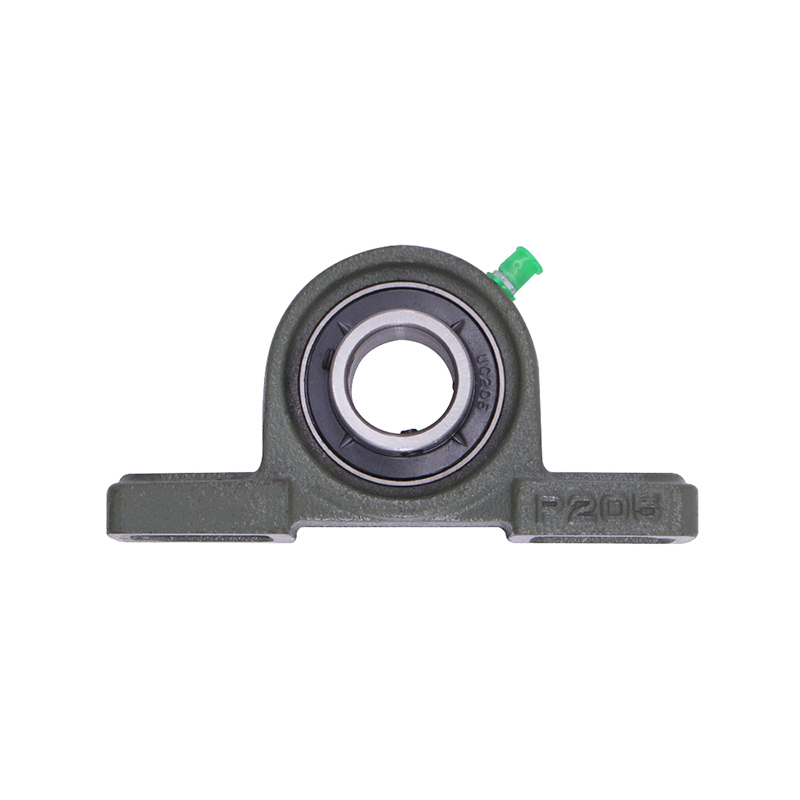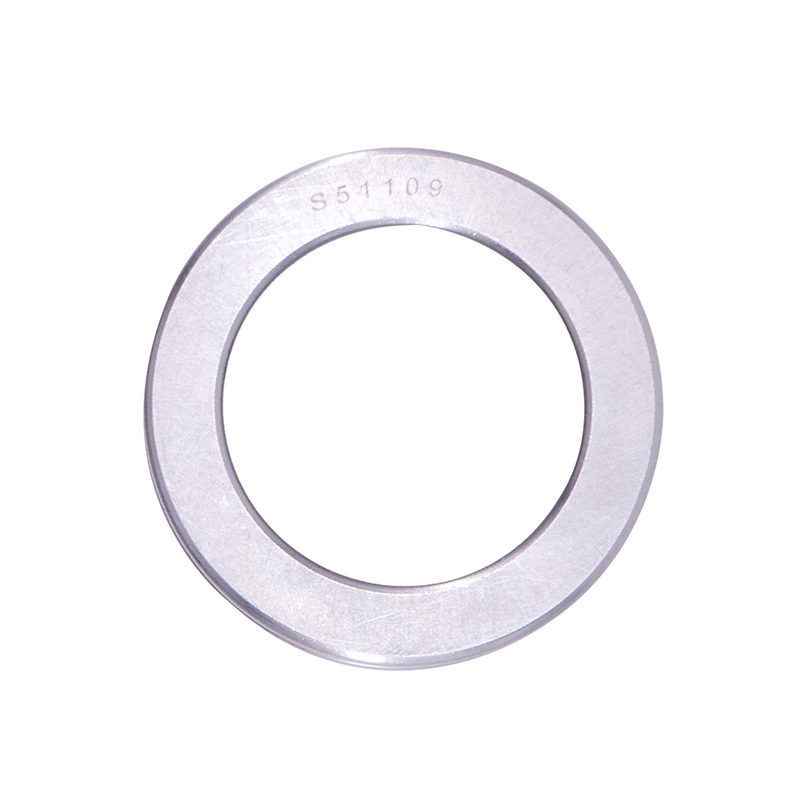-
 Wheel Hub Bearings
Wheel Hub Bearings -
 Wheel Hub Bearings
Wheel Hub BearingsDAC387436 DAC458045 Hub Deep Groove Ball Car Wheel Bearing
-
 Spherical Bearings
Spherical BearingsFL204 FL205 FL206 Stainless Steel Pillow Block Bearing
-
 Spherical Bearings
Spherical BearingsT204 T207 UC204 High Speed Insert Pillow Block Bearing
-
 Spherical Bearings
Spherical BearingsFC204 F210 Auto Wheels Bike Pillow Block Bearing
-
 Spherical Bearings
Spherical BearingsP207 206 205 203 High Precision Wheel Pillow Block Bearing
-
 Thrust Roller Bearings
Thrust Roller BearingsS51100 S51107 S51109 Car Wheel Plain Thrust Ball Bearing
-
 Thrust Roller Bearings
Thrust Roller Bearings51110 51107 51104 51206 High Speed Plain Thrust Ball Bearing
What is Linear Bearing?
Industry news-What is a Linear Bearing?
Many of the world's intricate machines, from the precise printhead in a desktop printer to the powerful pistons in a car engine, rely on a fundamental principle: the need to control motion in a straight line. While rotary motion is easily managed by common bearings, guiding and supporting linear motion presents a distinct challenge. The linear bearing factory is the component engineered to meet this challenge. It is a component that constrains an object to move along a fixed, straight path, friction and wear in the process.

Part 1: The Fundamental Principle and Core Components
At its basic, a linear bearing facilitates motion along a single axis. Its operation can be understood by contrasting it with its rotary counterpart. A traditional ball bearing allows a shaft to spin freely within a housing. A linear bearing, however, allows a carriage or block to slide freely along a fixed shaft or rail.
1.1. The Core Mechanism: Re-circulating Elements
The common type, the ball-type linear bearing, operates on a principle of re-circulating balls. A hardened steel shaft, known as a linear guide rail or shaft, serves as the precision ground raceway. A bearing block, or carriage, houses a set of balls that contact this rail. As the block moves, the balls roll along dedicated load-carrying pathways. However, they do not simply roll out of the block; instead, they are guided through a re-circulation channel within the carriage, returning to the starting point in a continuous circuit. This design ensures that a constant stream of balls is always available to carry the load, enabling long, smooth travel distances.
1.2. Key Components and Their Functions
The system is typically comprised of two main parts. It is the linear guide rail, a hardened and ground steel bar that is mounted to a machine's base structure. Its surfaces are precision-finished to provide a smooth, accurate, and durable path. Second is the bearing block or carriage, which is the moving element attached to the machine part that requires motion. Inside the block are the ball bearings, a ball cage that prevents them from rubbing against each other, and end caps that contain the re-circulation system. Seals and wipers are also integral, keeping contaminants out and lubricant in, which is critical for longevity.
Part 2: Primary Types and Their Configurations
The term "linear bearing" encompasses several distinct designs, each suited to different load, precision, and cost requirements.
2.1. Linear Ball Bearings
These are often the recognized type, typically comprising a cylindrical housing with a smooth bore. They slide over a precision linear shaft. They are compact, cost-effective, and suitable for applications with moderate loads and precision requirements, such as in 3D printers or sliding doors. Their simplicity is an advantage, but they can be prone to deflection under high moment loads.
2.2. Linear Guide Rails and Blocks
This configuration is more rigid and robust. It features a rectangular rail with precisely machined raceways and a matching block that clamps onto it. The design provides high load capacity in all directions—radial, reverse radial, and lateral—as well as high resistance to torque or moment loads. This makes them indispensable in heavy-duty applications like computer numerical control machining centers, where a heavy spindle must move with high precision and without deflection.
2.3. Alternative Technologies: Plain and Roller Bearings
Not all linear motion relies on balls. Plain linear bearings, or bushings, use a low-friction polymer or composite material in direct contact with the shaft. They are silent, require no lubrication, and are corrosion-resistant, making them ideal for food processing or medical equipment. Linear roller bearings use cylindrical rollers instead of balls, providing a larger contact area. This allows them to support even higher loads than ball-based systems, though often at a slightly lower speed. They are found in large gantry systems and industrial automation.
Part 3: Practical Applications in Diverse Industries
The utility of linear bearings is demonstrated by their pervasive use across countless fields, enabling automation and precision.
3.1. Factory Automation and Robotics
On a production line, a robotic arm performing pick-and-place tasks relies on linear guide rails for its fast, accurate, and repeatable movements. The rigidity of the system ensures that the arm does not vibrate or sag, guaranteeing that a component is always placed in the exact same position. Similarly, the automated sliding doors of a warehouse are guided by linear bearings, ensuring smooth and reliable operation under frequent use.
3.2. Precision Manufacturing and Measurement
In a coordinate measuring machine, a probe must traverse the surface of a part to map its dimensions with micron-level accuracy. Any friction or stick-slip in the motion would compromise the measurement. Linear bearings provide the virtually friction-free movement essential for this metrology. Likewise, the slides of a high-precision lathe or milling machine use linear guides to position the cutting tool, directly determining the quality of the machined part.
3.3. Everyday Consumer Devices
The operation of many common devices is facilitated by linear bearings. The drawer of a computer server rack often slides on linear bearings for smooth access. The printhead in an inkjet printer moves back and forth along a steel rod—a simple linear ball bearing—to deposit ink precisely on the page. Even the movement of a car's glove compartment may be smoothed by a plain polymer bushing.

 English
English русский
русский Español
Español
